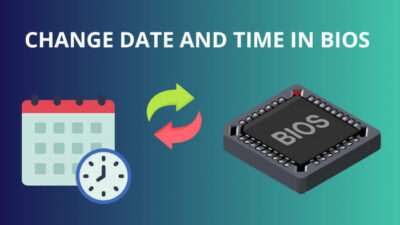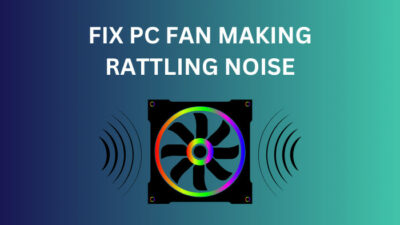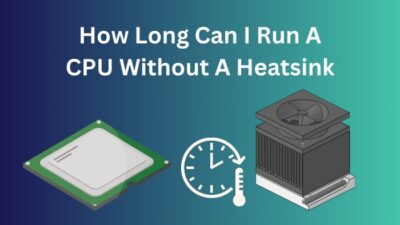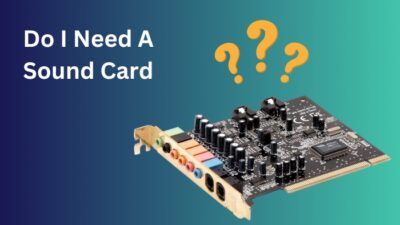Is your computer quick enough for what you’ve been doing? When you attempt to use software, does it take a long time to launch or come to a sudden stop? If so, it’s likely time for a hardware improvement.
However, you’re now considering what to improve on your PC. If you have the cash, you may upgrade the CPU or graphics card, add more RAM, replace the HDD with an SSD, or all three.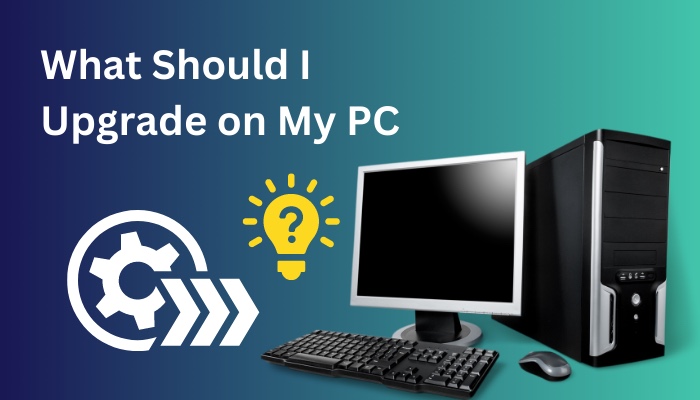
But what updates are worthwhile, and which ones waste your time?
You may update various components to improve your PC’s speed. Here is the solution of the top PC improvements you can implement. Continue reading to learn more about several potential pc improvements.
What Should You Upgrade on Your PC?
You should upgrade your HDD to SSD if you have any. Don’t forget to add extra RAM and a dedicated GPU. Try to buy a new processor and a fresh power supply. You should upgrade your cooling system and peripheral productive devices to get the best output.
Here are the components lists with descriptions you should upgrade on your PC:
1. Install Additional RAM
Adding extra RAM is the simplest and most convenient way to improve your PC. It’s feasible practically, and you don’t require much technical expertise. In addition, if your laptop supports it, it’s one of the most remarkable points.
Almost all slow-running PCs receive an immediate burst of speed from RAM upgrades for resource-intensive operations like video processing or video games; the more RAM you have, the ideal.
Extra RAM will allow you to run multiple background programs or have more browser tabs open, even if you only use your computer occasionally. 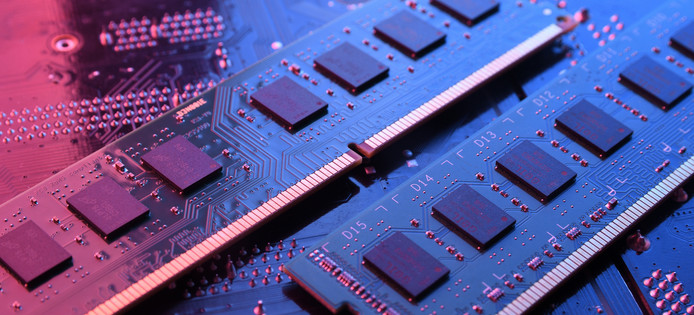
So, how much RAM do you need?
The essential requirement is 4GB. With up to 10 browser tabs, slight picture editing, and video streaming, it’s suitable for everyday usage. But unless you’re a light user, you shouldn’t accept this.
A substantial improvement will be seen if you switch to 8GB. This is suitable for mid-level gaming, surfing with approximately 30 web pages open, and editing RAW photographs.
You must choose 16GB for more burdensome workloads to get a better effect. This amount of RAM is ideal for professional-level applications like media editing and heavy gaming.
2. Upgrade Your GPU
You’ve undoubtedly learned that GPUs are necessary for PC gamers if you enjoy playing video games. The visuals on your screen are created by graphics cards using data from the computer’s CPU.
The ability to show images without a graphics card is provided by the inbuilt graphics processor included in many CPUs.
You won’t have any issues with the inbuilt GPU as long as you are using your PC to surf the internet, access your email, and then use worksheets.
A dedicated graphics card, however, offers several advantages. Using HDMI and DisplayPort, you can connect your PC to various plays, including TVs and projectors.
You may set up two monitors for more excellent screen space for your activities and games.
Resource-intensive applications with more accurate animations are possible.
Make sure the following when selecting a GPU for your current PC:
- A 4-channel PCIe slot is provided to you.
- The size of the GPU can fit in your case since some high-end versions are enormous. If you own a GPU, you might be unable to use all of the PCIe slots.
- There is spacious space between the Processor cooler and graphics card to avoid heated air getting trapped in the case.
- Your power supply has the wattage capacity to power your new component. High-end GPUs have a 400-watt maximum power consumption.
3. Upgrade Your OS
Most likely, your computer’s programs are enabled to update automatically. If not, you will most likely press the Updates option as soon as you know that new software versions are available.
This is generally the proper course of action. Although not usually. The update is frequently shown for software in the format of Major. Minor. Revision.
Therefore, if a version is 0.0.1, bug fixes are probably included. If it’s 0.1.0, it probably contains improvements and a few minor new features.
New versions of applications nearly always consume more resources than older ones, so if your PC’s equipment is already at maximum, you should take care of that first.
The same is true for upgrades to operating systems. Whole new versions are unnecessary, but routine incremental upgrades are necessary for performance and safety reasons. They will probably have problems and operate slowly on your machine.
Hold off on OS updates if the PC is functioning normally unless you are sure they won’t result in a downgrade. Software modifications are frequently an excellent way to feel like your machine is quicker without spending any money.
4. Add Faster Memory System
You should update your hard drive for one of two reasons. Either you need more capacity, or you want it to function more quickly.
One of the most practical computer improvements you can make is updating an outdated HDD to an SSD. These are much quicker than ordinary drives because they employ flash memory rather than a spinning disk.
The typical write speeds for a 5400RPM drive are up to 100Mbps, a 7200RPM drive is up to 150Mbps, and an SSD is over 500Mbps. High-end SSDs feature extraordinarily fast write rates of 3300Mbps. 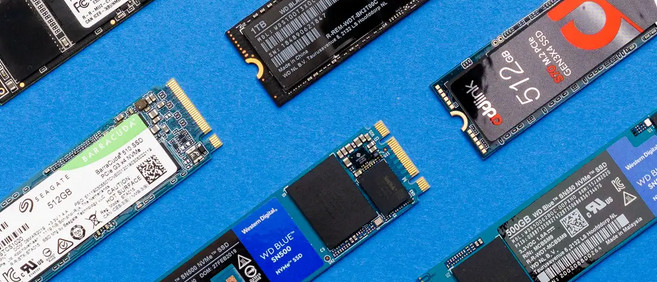
A faster data drive ultimately impacts the entire system. It results in quicker startup times, app loading times, and game launch times, and improved responsiveness in apps that work with huge files.
Space is another justification for an upgrade. You’ll need to replace your storage with a larger one if you’ve tried everything to make more room for it but are still often running out of space.
An entire disk can affect performance and make it hard to save new data. Ensure that you have 10GB of free space available for the OS.
SSDs were often criticized for having a significantly lower capacity and being more costly than hard-disk drives. It’s not a problem anymore.
1TB SSDs nowadays are widely available and very reasonably priced. That ought to be plenty for many individuals, but if you want extra room, you might want to consider a hybrid drive. This combines the two technologies to provide a speed/size balance.
5. Upgrade Your Processor
The CPU upgrade for your PC is a far more challenging project than the other improvements we’ve discussed thus far. It’s one of the most costly improvements and is also physically more difficult to install. There are also concerns regarding socket compatibility.
More significantly, a CPU update might not provide you the performance boost you want and isn’t always a wise idea.
You may compare the relative performances of several CPUs using the benchmark tests. These experiments often demonstrate that little modifications don’t result in significant improvements. 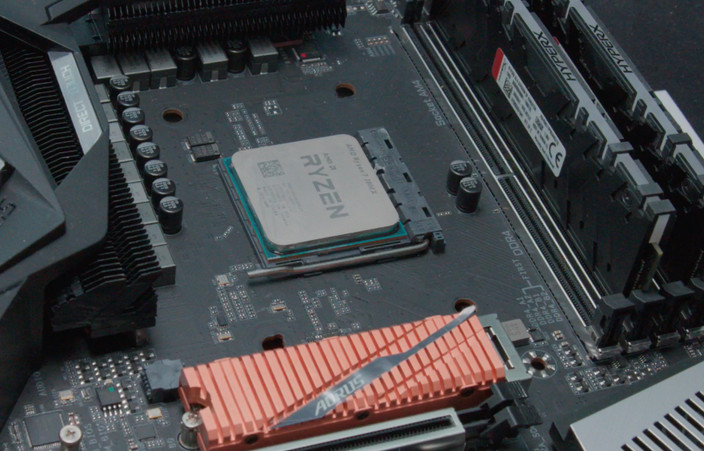
A considerable improvement, such as going from an Intel Core i3 to a Core i5 or from an earlier generation to a newer one, is required to make a processor worthwhile.
The cost of chips may necessitate upgrading your motherboard. Your motherboard could require a BIOS update to function correctly, even though it is technically suitable with a new processor. Verify before you buy because it can also be a hassle.
In the end, you may want to think about purchasing a brand-new system if your CPU is the system’s performance barricade.
6. Upgrade the Cooling System
I advise increasing cooling if you replace your graphics card or update your CPU.
These parts produce a lot of heat, possibly too much for your previous cooler to remove from your case. 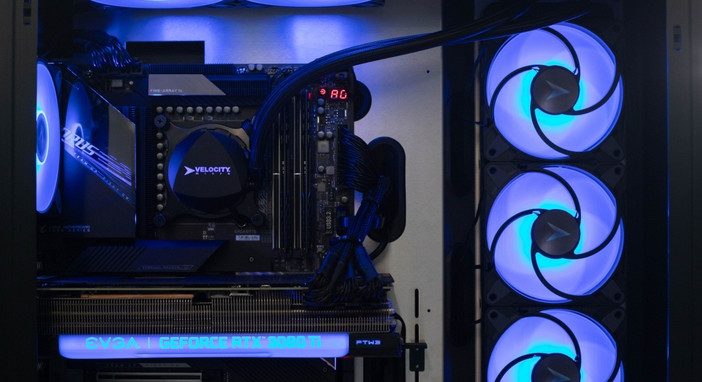
Purchase a cooling fan for your CPU, then mount an additional inflow and ventilation system on your case to swiftly dissipate the hot air.
If you don’t want to overclock your gear, you don’t need to consider liquid cooling options.
7. Purchase a New Power Supply Unit
A power supply won’t impact your performance. However, if you’re upgrading your computer with a new GPU or CPU, the PSU can find it challenging to supply the necessary watts.
Due to rapid increases that are greater than your unit’s capacity, you can even have unexpected shutdowns. That indicates that you should switch to a powerful PSU.
Add up the power consumption of your CPU, motherboard, and GPU to get the new PSU’s capacity. 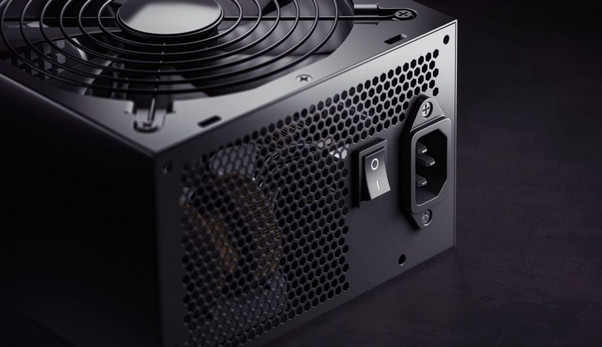
A PSU should always have an 80 Plus efficiency score.
Additionally, you should never believe doubtful producers that sell high-wattage PSUs for a bargain price.
These manufacturers don’t state the sustained average output, simply the maximum watts their PSU can deliver.
8. Purchase a New Display
A new display provides a lot of advantages. You receive better viewing angles, color contrast, and image quality.
Depending on your present monitor, you could receive a bigger screen, a more comprehensive screen resolution, and smaller bezels. 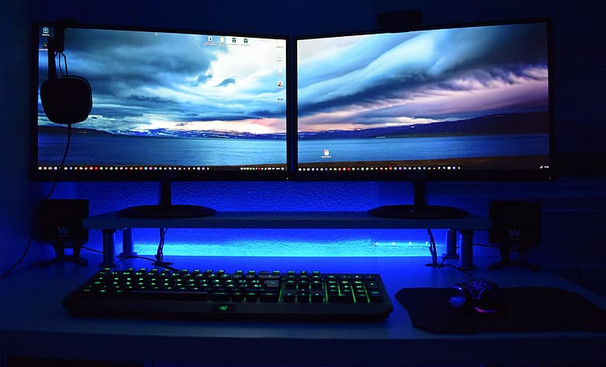
If you purchase a display with a refresh rate higher than 60 Hz, you can improve your FPS if you play video games.
With all these advantages, buying a new monitor may significantly enhance your PC-using experience.
9. Upgrade Your Peripheral Devices
Your case’s internal parts don’t have to be the only thing you improve. You may upgrade your peripherals to enhance your computer interaction and accomplish more.
The easiest option is to get a new keyboard and mouse. For the most convenience, I advise purchasing a wireless pair. Additionally, you won’t have as much cable clutter to manage.
If your bluetooth mouse and keyboard are produced by a trustworthy company and utilize the 2.4 GHz channel rather than Bluetooth, you won’t need to be concerned about interference and delay.
You needn’t stop there, though. The options for computer accessories are essentially limitless.
So you have read and understood all the essential points. There is a frequent question-asked section from other users worldwide regarding this topic. You can read them to get some additional concepts.
FAQs
Question: How Much Does It Take to Upgrade My PC?
Answer: Costs for PC upgrades can be as high as $1,000. Adding a minimal SSD or extra RAM is an option on the low end, while installing a new GPU or CPU is an option on the high end. If your improvements are going to cost more than $1,000, you might want to think about getting a new PC instead.
Question: How Do I Know If My PC Needs an Upgrade?
Answer: If your PC is old, has an overheating issue, takes much time to boot and makes unexpected noises, then consider it to upgrade.
Conclusion
After reading the content, I hope you better understand how to update your PC and computer hardware to meet your needs better.
An upgraded PC is always an advantage to boos your productive task. If you need to upgrade, then don’t hesitate to upgrade them. At least replace the old components to get a better experience.
So which part are you replacing next to upgrade your PC?
